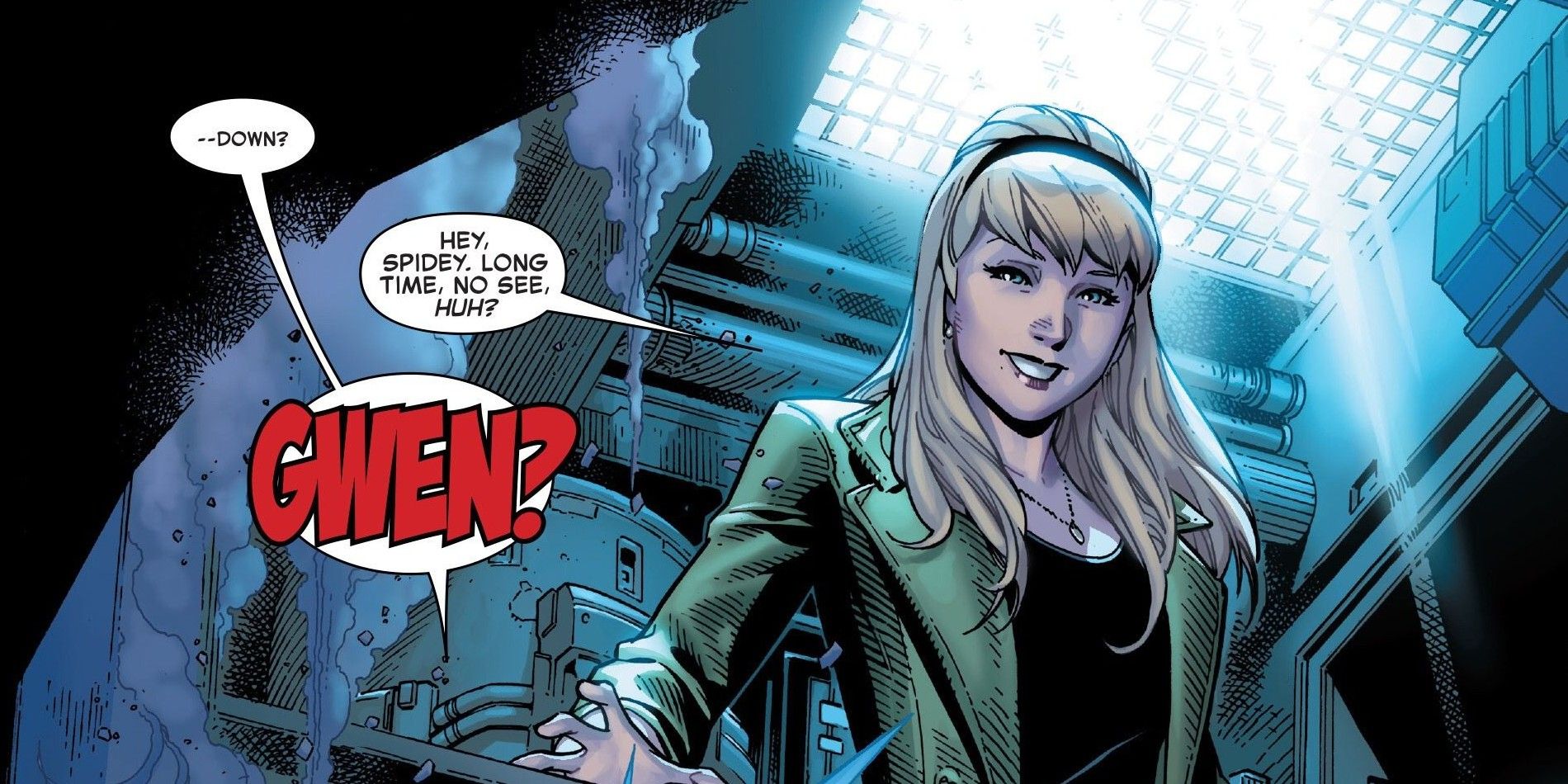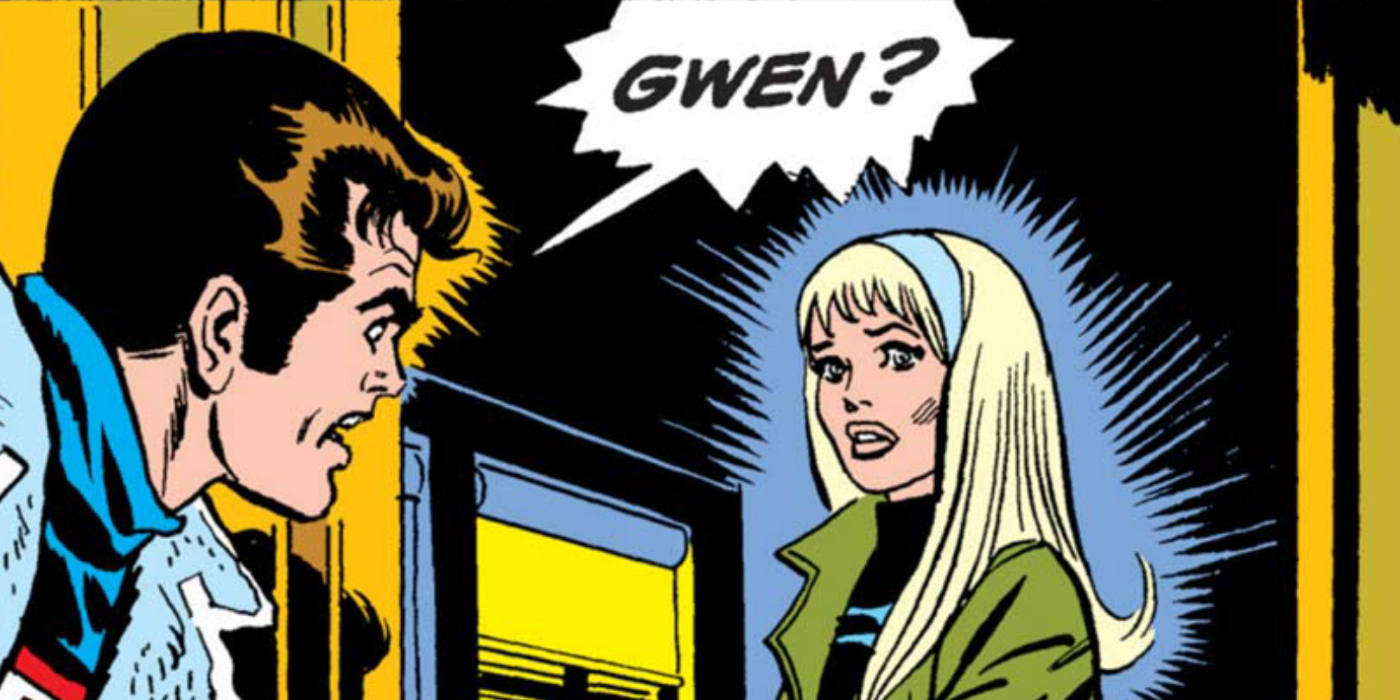Marvel Comics is no stranger to cloning stories, and this much is true for titular and supporting characters alike. Although Peter Parker has suffered his fair share of copycats, the release of a similar storyline featuring fan favorite and love interest Gwen Stacy arguably both surprised and delighted fans who welcomed the return following her controversial death in Gerry Conway and Gil Kane’s Amazing Spider-Man #121.
Even though the clone appeared briefly in Gerry Conway and Ross Andru’s Amazing Spider-Man #142-143, Peter initially dismissed her as a hallucination – that was, until issue #144 when he arrived home to find his supposedly deceased former flame, complete with original memories, waiting for him. The confusion surrounding her apparent resurrection was diffused a few issues later when she was revealed to be a clone created by scientist and biology professor Miles Warren as a warped attempt at exacting revenge on Spider-Man, who he blamed for the real Gwen’s death.
The original Gwen Stacy’s demise kicked Warren’s obsession with the student into overdrive. Seeking out Anthony Serba – a lab assistant who had made waves in cloning – Warren supplied him with tissue samples from Gwen Stacy and Peter Parker which he passed off as those belonging to a rat. However, when it came to light that the cells were human, Serba was killed by Warren after the lab assistant suggested that they be destroyed. Unable to live with the impact of his murderous deed, Warren developed an alter ego – ‘the Jackal’ – to channel the guilt.
One of Marvel’s first characters to be associated with cloning, Warren is further accredited with creating the Spider-Man clones Ben Reilly and Kaine Parker, alongside alternate versions of himself and others. However, despite his apparent success, the majority of his creations (barring his original Gwen Stacy clone) eventually suffered from degeneration.
Following a battle between Spider-Man, the Jackal, and a cloned version of the web-slinger (Ben Reilly) created by Warren as an adversary to Peter, the Gwen Stacy copycat uncovered the truth behind her identity. Upon deciding to leave, she parted ways with Peter who, unknowingly succumbing to Warren’s evil scheme, found himself questioning the legitimacy of his own origins.
The clone next appeared in the ‘Evolutionary War’ crossover where she was abducted and subjected to experimentation by the High Evolutionary, who suggested that the Jackal did not crack the code of cloning but rather kidnapped a woman named Joyce Delaney and genetically mutated her into a duplicate of Gwen Stacy. With help from the Young God Daydreamer, Joyce was soon restored to her original form. Setting about reclaiming lost time, she went on to marry a Miles Warren clone named Warren Miles.
However, it was later revealed during the ‘Clone Saga’ event that Warren’s clones were in fact real, meaning that Joyce Delaney never actually existed. Following her husband’s death, she later aided Spider-Man and Scarlet Spider (Ben Reilly) in defeating the Jackal during a battle at the Daily Bugle before quietly slipping away to start over.
The clone’s final appearance came in Fred Van Lente and Minck Oosterveer’s Spider-Island: Deadly Foes #1 wherein, having embarked upon a new life in London, she was tracked down and killed by Abby-L, another Gwen Stacy clone hell-bent on thwarting the Jackal’s schemes.
Although the tenure of Gwen Stacy’s forgotten clone was ultimately short-lived, the fact that she did not succumb to degeneration like the others not only validates her as the most successful Gwen Stacy clone but, arguably, one of the Jackal’s most successful creations overall.



